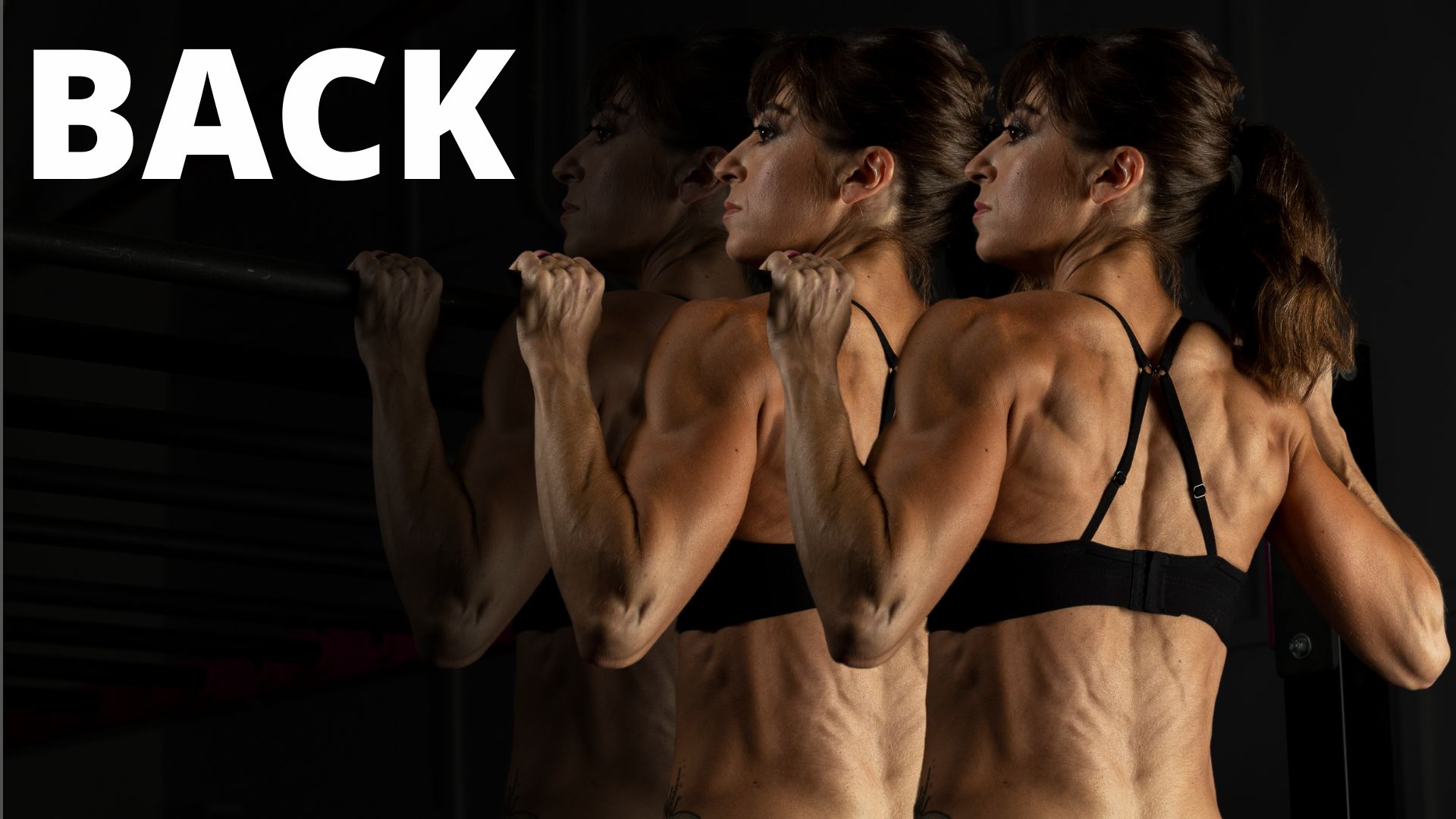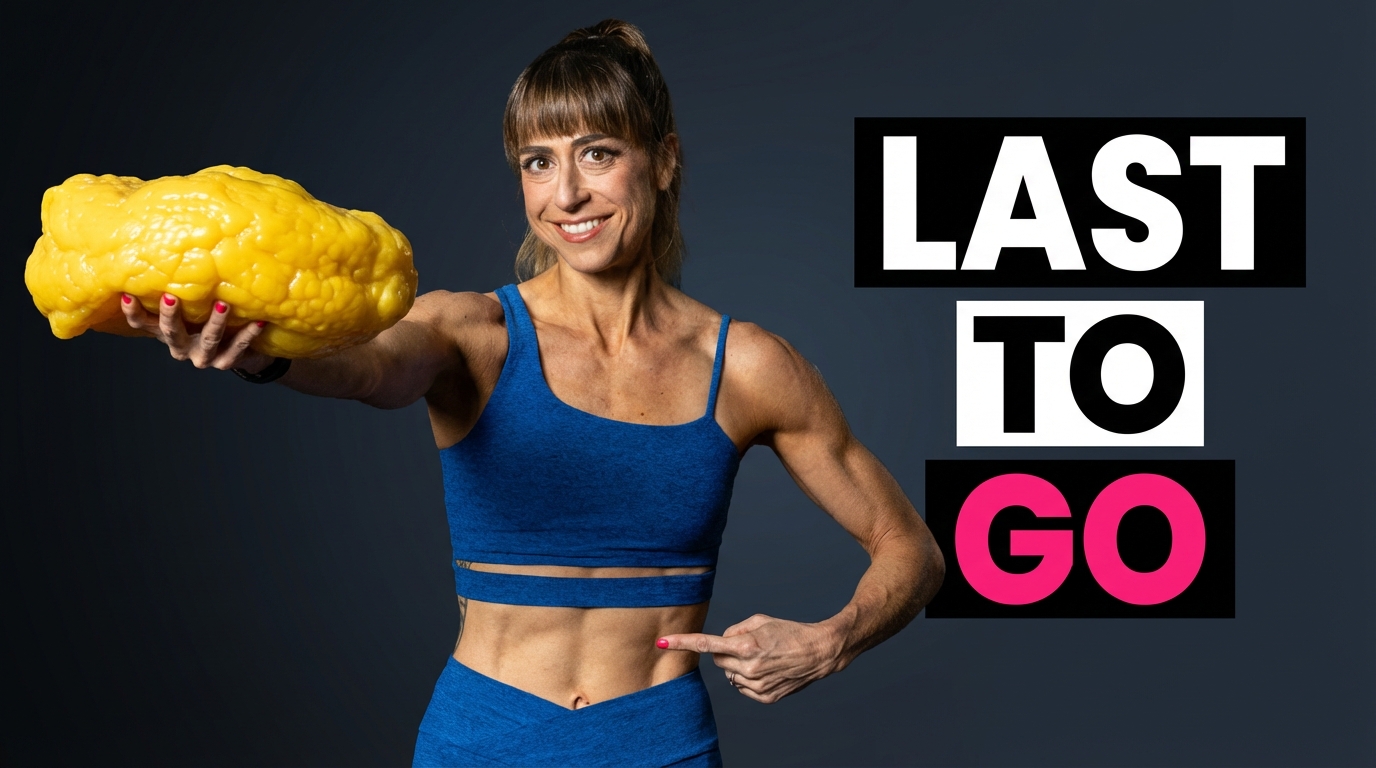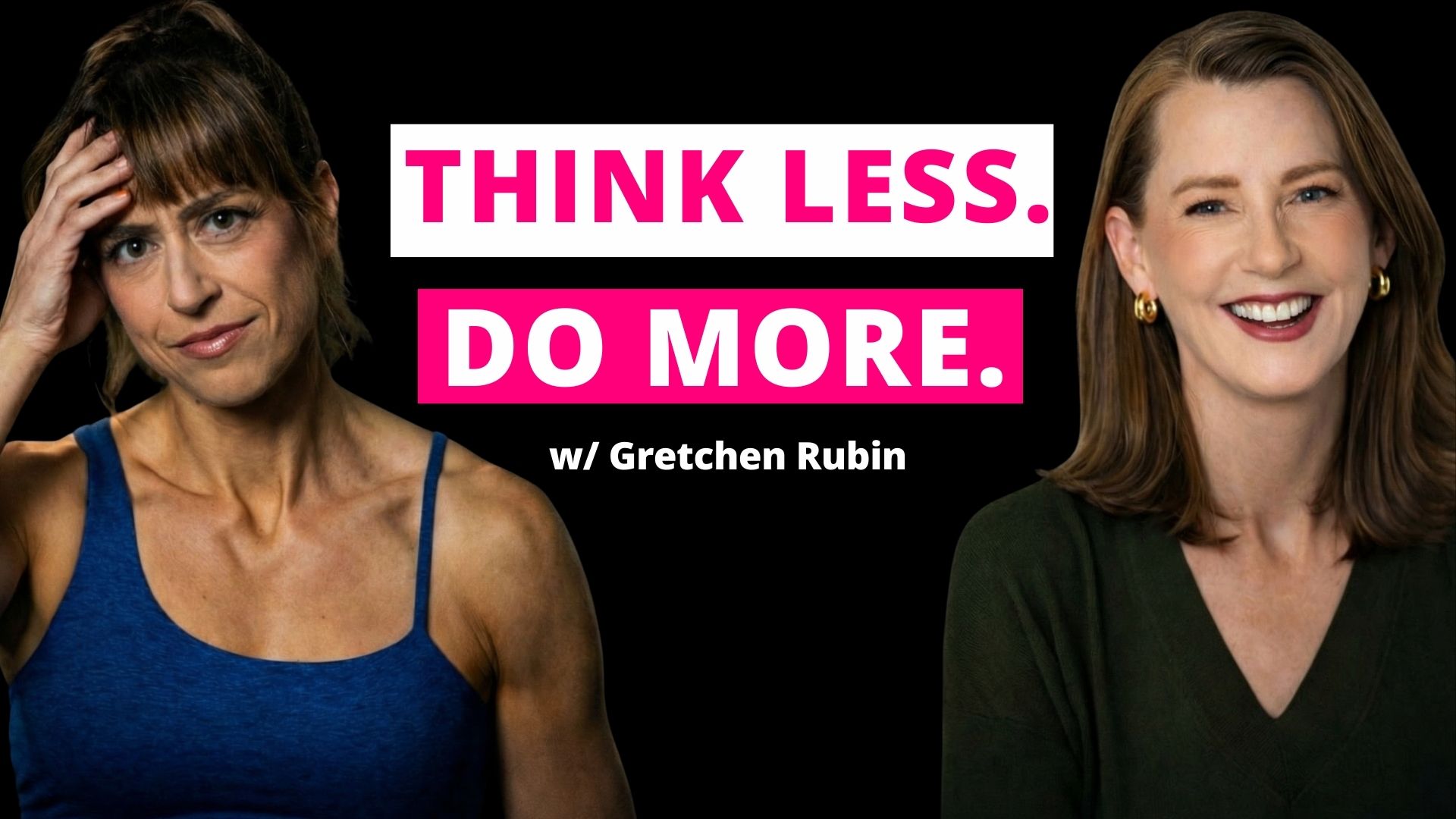We get stronger and moves get easier.
We advance and earn harder, more complicated, more challenging moves.
But too often we write off the basics and think we are above them…when we’re not.
And those basic, bodyweight moves, we often think we are too strong or advanced for, we need to return to more often and even perfect.
They are a key component of us maintaining a strong mind-body connection and recruitment patterns.
Not to mention, we need to recognize how many ways there are often to progress those moves that we haven’t used in favor of just add weight to exercises.
Because often when we just add weight, we start to let ego get in the way.
And this leads with us compensating during exercises to try to not have to step back in our training.
It’s why on exercises like bent over rows we can start to feel our elbows or shoulders or lower back or even neck hurt as we cheat to keep progressing the weights.
It’s even why we can end up with injury or our biceps doing all the work.
It’s why we have to take time at points to go perfect those movement patterns with bodyweight moves like the Inverted Row!
That’s why in this video I want to talk about the importance of this fundamental movement as well as ways to progress it so you can even use this accessory exercise to lift more in your heavy back exercises or even deadlifts.
So why is the Inverted Row an important fundamental move?

The back row requires not only back and bicep strength but proper scapular control or shoulder blade movement if we don’t want to end up with neck, shoulder, elbow or upper or lower back pain.
Too often if we aren’t able to properly move our shoulder blades toward our spine or retract them without shrugging, we will feel ourselves only pulling with our biceps or other areas like our shoulders or neck becoming overworked.
And if we don’t have proper core control and thoracic or upper back spinal mobility, we will often also feel our lower back engaging when we add heavier loads to our rows.
The Inverted Row is a great way to change those rowing movement patterns and really train proper scapular movement and core control.
It provides a safe and easy way to do this because we can change the resistance and start from a very solid plank position with our shoulders stabilize and our back already engaged
When you set up for the Inverted Row, focus on engaging your glutes, flexing your feet to engage up your legs and even brace your abs as if being punched in the gut.
Then unshrug your shoulders and press your chest out.
If you run through all of these things you will feel your body lock in as one unit and you will feel your back engage to already support your shoulders.
This set up is key to having tension so you can already feel the correct muscles engaged while making sure you aren’t compensating.
It can help you make sure that you are truly extending your thoracic spine as well and not just arching your lower back, which is why we so often can feel bent over rows in our lumbar spine.
Then because you are pulling your chest up toward the handles of a suspension trainer or a bar, you can really focus on leading with your chest, opening it up more as you row.
This can help you focus on pulling with your back, drawing your shoulder blades toward your spine.
With this, focus on driving those elbows down and back and STOP the movement when you want to round forward over just pulling those shoulder blades toward your spine.
This focus on driving your elbows down and stopping the move can help you avoid shrugging so you are truly using your back to pull.
This will teach you that proper back engagement and scapular control that will lead to a more powerful pull.
You can then lower back down and avoid sagging at the bottom to keep that core engaged and working and even shoulders protected.
As you feel the correct muscles working and fully in control, then you can progress this move from here.
But still don’t write this basic version off as you progress. Focus even on this move on how you can mentally engage things hard to even challenge yourself through activation.
Now…How can you progress the Inverted Row?
While you can do the inverted row off of a bar set up in a rig or smith machine, I personally love the suspension trainer version most as you can use a variety of grips more easily.
With either though, you can adjust the height of the handles or bar to help you change the incline.
The closer to parallel your body is, the harder the move will be.
And if you’ve hit about parallel, you can continue to advance the move by lifting your feet up on a bench.
We so often don’t see opportunity in these small changes and instead just jump to adding weights. But different forms of progression are key to helping us really create strong recruitment patterns, which ultimately lead to better muscle gains.
And changing your body angle isn’t the only way to use this move to your advantage.
You can also include a unilateral or one sided row and make it rotational or anti-rotational.
By making this move unilateral, you can help yourself work on imbalances and even challenge your core in different ways. If you have a weaker side, this is a great way to correct that and strengthen both sides independently so your stronger side doesn’t take over.
Often when we try to keep lifting more and more, we can end up with injury if we do have an imbalance.
This happens as either our weaker side tries to keep up and becomes overloaded or our stronger side tries to carry more of the load and ends up overworked.
So unilateral moves are a great way to create balance as much as we can…we are human!
But with the anti-rotational row variation, you’re going to work on that core stability and challenge those obliques.
You will fight the urge to rotate open with the row which will improve your core stability and allow you to avoid overloading your lower back especially.
You may be surprised by how much rowing on one side ONLY makes this move more challenging.
And with the rotational row, you are going to work on that rotational core strength while also targeting those obliques more.
Being able to power rotation properly is so important to our spinal and even hip health.
Not to mention this move is also amazing for your shoulder health, but very challenging.
You may want to regress it a bit to make sure you don’t shrug as you row but feel your back and even the muscles around your ribs, your serratus anterior, work to help you control the move even as you open back up.
Both are more challenging than they seem and great moves to complement even your heavier lifts earlier on in your workout.
And both can be progressed by moving closer to parallel. Just remember though rowing with one side is harder than the basic two handed row, so start back a bit as you control the move before lowering the incline.
Never let ego get in the way of you always returning to the fundamentals.
These basics help keep us strong and using the correct muscles to lift more and build that lean muscle!
Looking for amazing workouts to help you rock those results?
Check out my Dynamic Strength Program!



0 Comments